The summit 2008 will have Tony Sweet as our guest instructor. We interviewed Tony Sweet to allow our readers to better know Tony's artistic work and vision.
Tony Sweet Interview by Alain Briot and Uwe Steinmueller
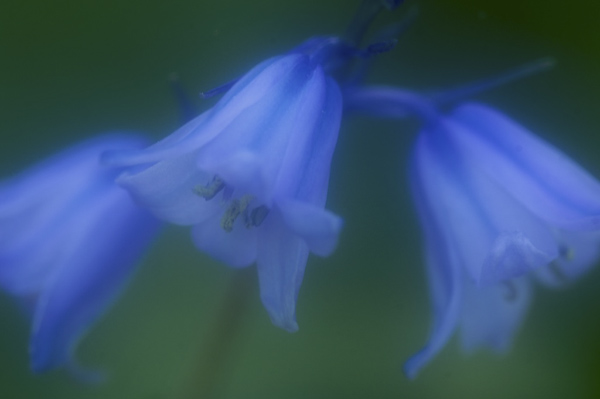
Question: Tony, your work is very creative. Can you comment on your approach to photography and creativity, in particular on what inspires you and on the creative techniques that you use?
Answer: I can't really judge my work in terms of creativity as that's for others to comment on, but my approach is the same as when I play jazz (I was a professional jazz musician for 25 years and still play occasionally with friends). The most effective way to spontaneously react to ones environment is to avoid over intellectualizing, in other words, "don't think." I find that just walking or hiking and looking very casually lowers visual prejudice and opens ones mind to possibilities. When the slightest visual interest is piqued, I stop and look much closer at the subject area and most likely spend time photographing the scene with various "out of the box" techniques: soft focus, montaging (sandwiching), multiple exposures, camera movement, and when appropriate, HDR. My inspiration is the quality of light.
To quote the late, great Galen Rowell, "My first thought is always of light."
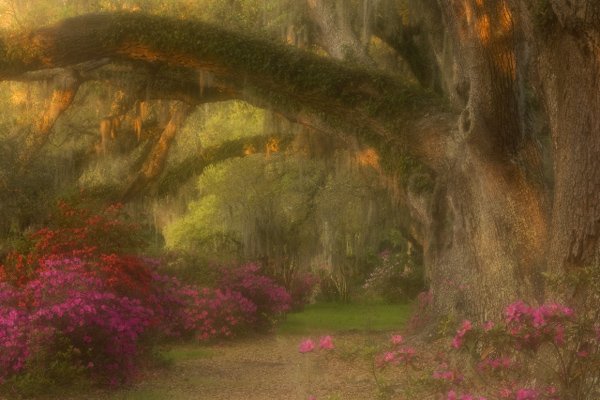
Question: You use HDR in a number of your images. What attracts you to this specific technique and how does HDR fit within your body of work?
Answer: I find HDR an incredible technology and a very useful tool to record images that are beyond the ability of the camera to record. It is also a very creative tool when using the Details Enhancement controls. It gives the photography the ability to render an image as natural with detail in the shadow and highlight areas to an exaggerated "illustration" interpretation. It definitely extends the creative options of the photographer.
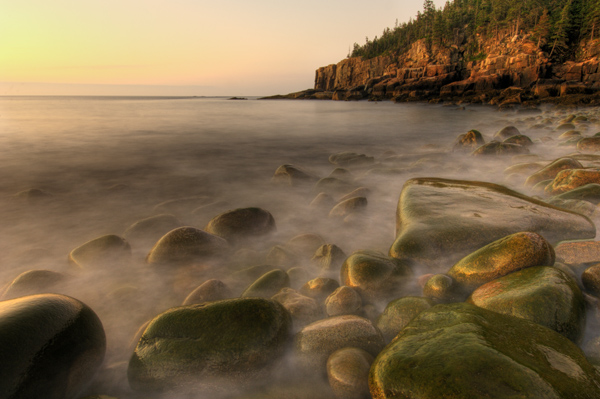
Question: Your background is in part as a Jazz musician. How do you see the relationship between photography and music?
Answer: My approach to playing improvised music is exactly the same process I use in nature/fine art photography, which I also see as a form of improvisation. With the constantly changing light, we are constantly changing shooting positions and compositions to accommodate the light. The same mindset is employed to adjust to constantly fluid photographic situations as it is in the constantly fluid musical situations.
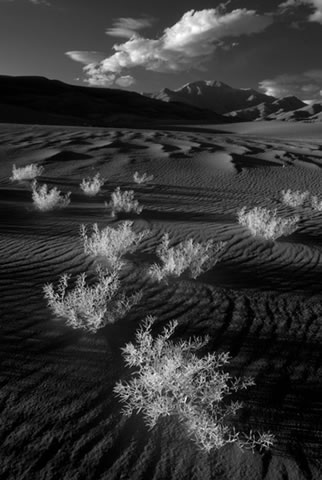
Question: How does your musical background influence your photographic work?
Answer: I work in the moment, also referred to as the "zone." This is a mental "place" where I am "One" with my endeavor where time seems to be non-existent and we are unaware of anything but what we are doing at the moment. I'm sure that many have experienced this where all of the sudden a few hours have elapsed to one's utter surprise. That is the definition of being in the moment.
Question: Talking about printing, can you briefly describe your current printing workflow?
Answer: After fully calibrating my entire system and peripherals periodically using Eye One, I process the RAW file in Aperture.
I make final adjustments and select the correct paper profile, then print from Photoshop. (I'm not sure how involved you want me to be here, Alain)
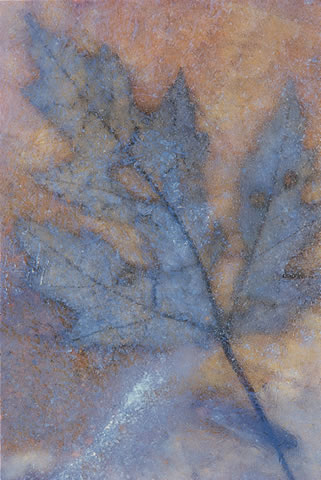
Question: What are some of your current favorite photographic equipment?
Answer: Having the latest Nikon gear, including the D3 and all new lenses, whatever I'm using is exciting, but certainly having the right tool for right job is always a favorite thing. My most frequently used lens is my 24-70mm on a full frame camera. But, I'm much more interested in different creative techniques than photo gear. Equipment are only tools. Photographic vision and pre-vision is what it's all about!
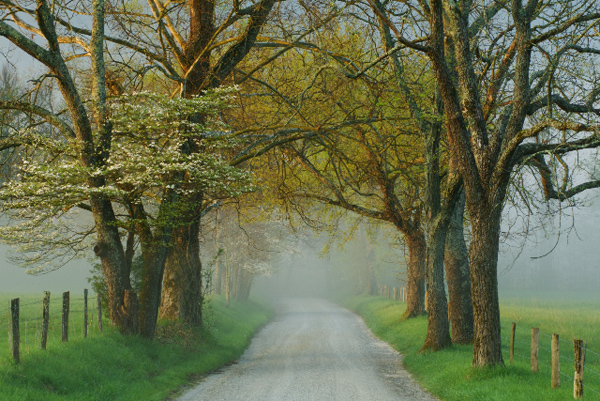
Question: What are some of the the things that you find most exciting in digital photography right now?
Answer: Everything!
Being able to see the RAW image as you make it and being able to make adjustments, especially using creative techniques is a great thing!
Processing the image to taste, affecting color, sharpness, paper type and feel for printing, etc.
Basically, having total control over the process is great, and only photographers who relied on film processing and print makers to realize their personal vision realize what a quantum leap has occurred in photography in the past 10 years.
And it's always getting better. Faster computers and more advanced displays, ink jet printers, and more intuitive software are always exciting and are always getting better!
Question: Your 3 books:
- Fine Art Photography: Water, Ice and Fog
- Fine Art Flower Photography: Creative Techniques And The Art Of Observation
- Fine Art Nature Photography: Advanced Techniques and the Creative Process
focus on creativity, observation and natural elements.
Can you comment on the importance that these 3 subjects have in your work and in your approach to teaching?
Answer: My approach to teaching is quite simple. I share knowledge almost to the point of overload (some would say beyond that point) and then step back for a while and observe what the students are doing in the field as the ideas begin to crystallize.
The books are an outgrowth of my targeted and specific approach to teaching. The importance of the topics of all three books cannot be overstated. Although, I do photograph different subject material, I find the photographing and teaching in nature the most rewarding and stimulating. The ability to "see" and to interpret what one "sees" is a hallmark of great photography and visual design. The art of observation and the subsequent creative treatment of the scene, either through personal vision or through software intervention is a hallmark of my approach to teaching.
Tony Sweet's official web site can be found here.
About the 2008 Fine Art Printing Summit
Tony Sweet will join Uwe Steinmueller and Alain Briot for the 6th Fine Art Printing Summit this November in Bryce Canyon National Park for 5 days of teaching, photography and printing. You will be able to photograph, optimize and print your work during the Summit, in addition to attending daily tutorial presentations by Tony, Alain and Uwe.
Numerous sponsors will also be showing their latest hardware, software and photographic gear during the Summit.
Discover what the 2008 Bryce Summit is all about at this link.
We still have a few seats available at this time but don't delay to sign up as this event is filling up quickly.
Alain Briot and Uwe Steinmueller |